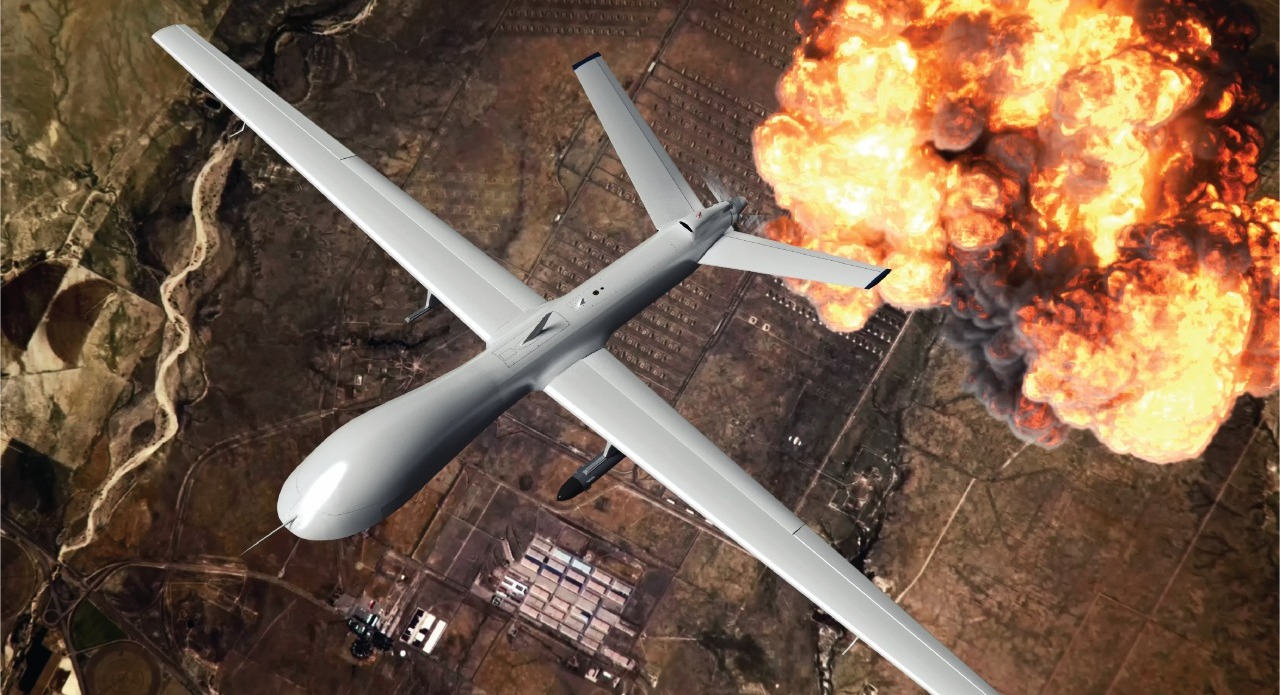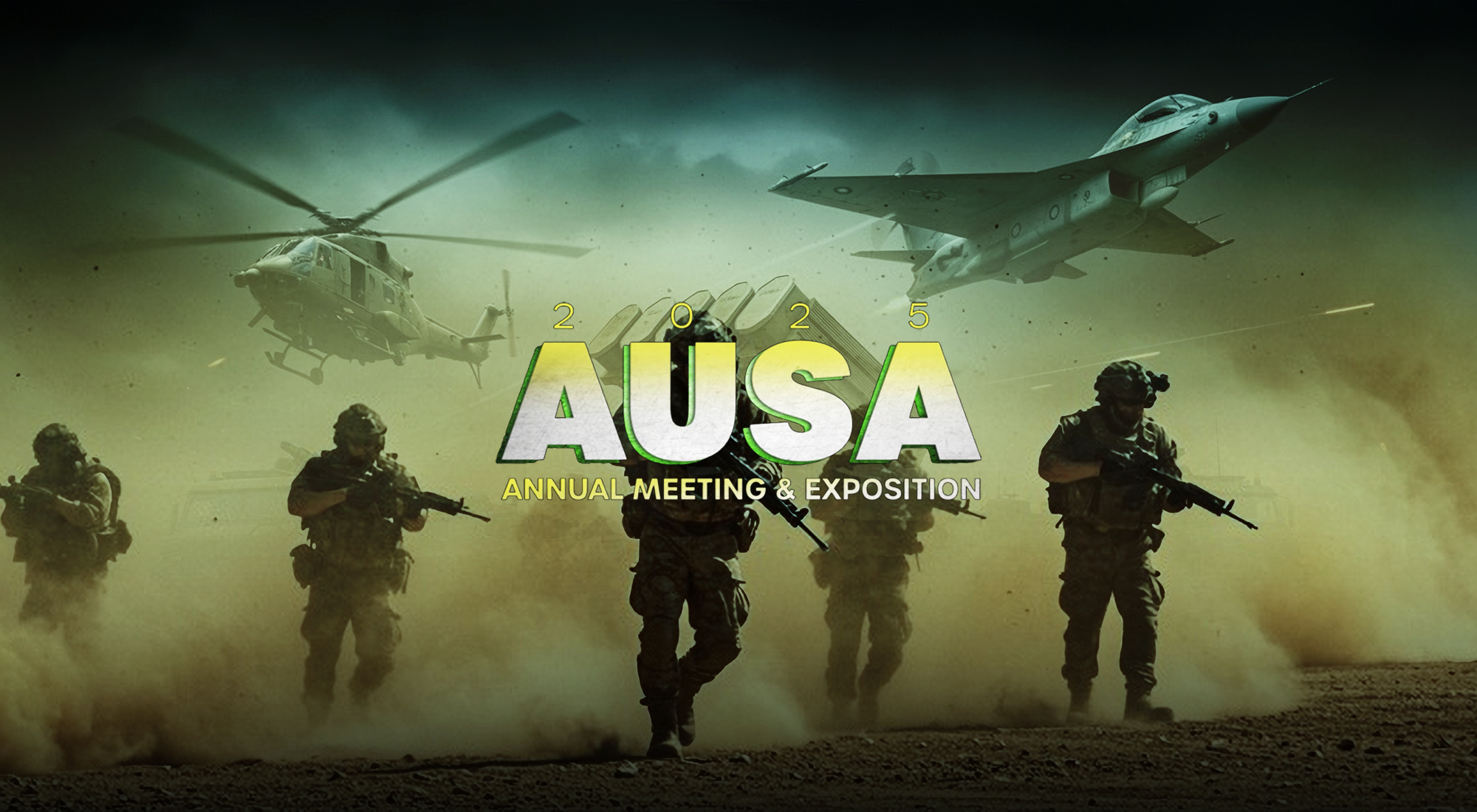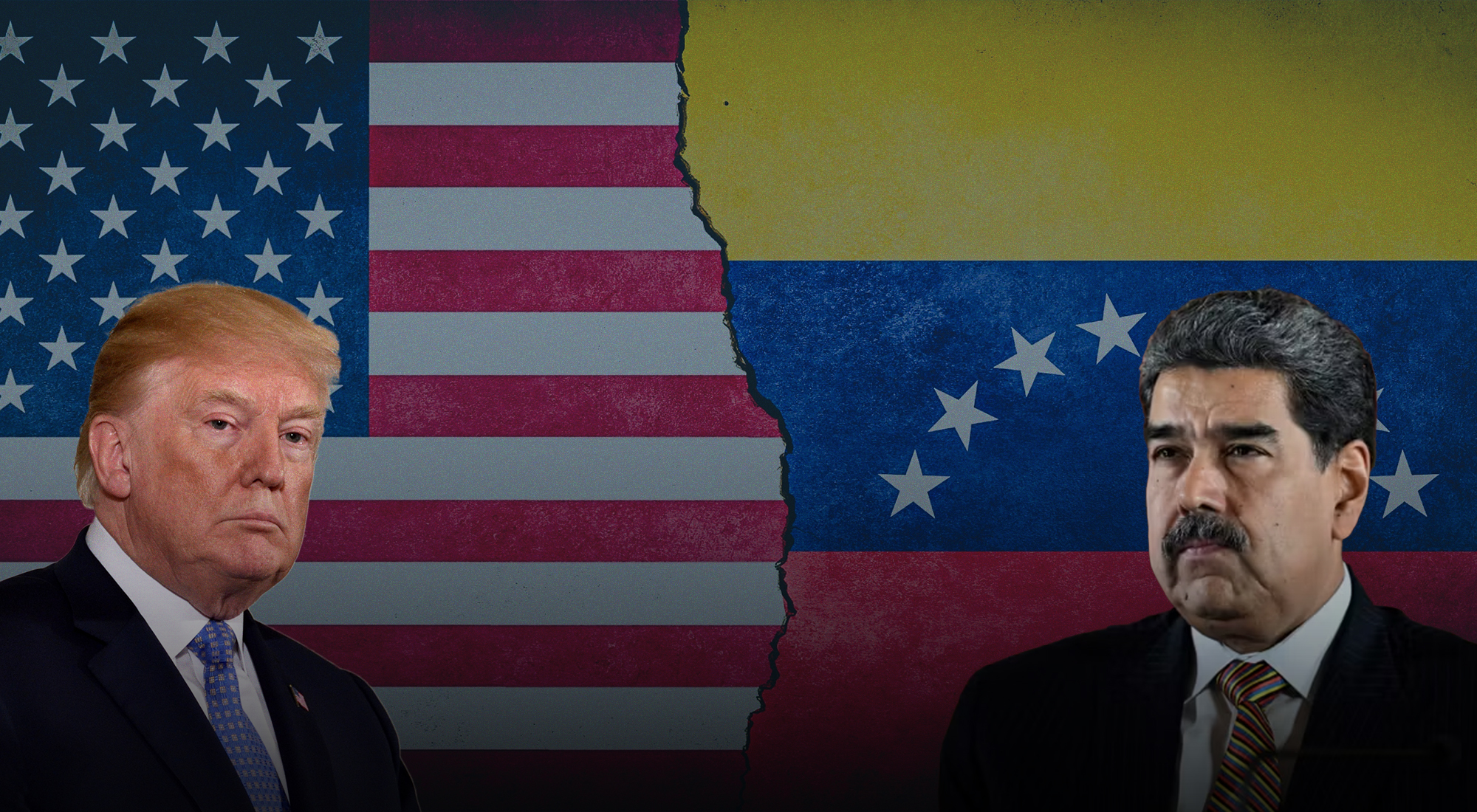On 17 January, explosions hit fuel lorries in the industrial area of Mussafah, near Abu Dhabi Airport, killing three civilians and wounding six others. Subsequently, the Houthis claimed responsibility for an operation that appeared to combine cruise and ballistic missiles as well as drones. The event further demonstrated that the threat of non-state actors using drones and missiles to target civilian areas in the Gulf has been growing for several years amid the Yemen war. Although this threat is already evident in the broader Middle East, and particularly in Israel, the use of such weapons has now manifested itself in the UAE as well as Saudi Arabia, the latter of which has repeatedly experienced such attacks since 2015. Whereas Israel faces several violent extremist groups with robust arsenals able to inflict significant damage – namely Hezbollah in Lebanon and Hamas and the Islamic Jihad in Gaza – the threat to Arabian Gulf populations primarily comes today from the Houthis.
Missiles, drones, and the evolving military strategy of the Houthis
The Houthis (otherwise known as Ansar Allah) surfaced in the Sa’dah governorate in 1992 amid the unification of Yemen. From 1993 to 1997, they participated in the fragile parliamentary system established by the former president Ali Abdullah Saleh. But quickly, their anti-regime rhetoric escalated and their ultimate resort to political violence led to a protracted conflict with Saleh’s forces.
Six short wars were fought by the Houthis during the 2004-2010 period. At first, their military strategy was disorganized and relied on poorly trained combatants. Over time, the Houthis started learning operational lessons from Lebanese Hezbollah in the form of insurgency tactics such as hit-and-run attacks and ambushes against regime forces. External support for the group was initially limited. Badr al Din al Houthi, the founder of the organization, and his son Hussein, travelled to Iran several times in the 2000s, but these visits did not secure significant Iranian support. Prior to the start of the current Yemen conflict in 2015, the warfighting experience of Houthi combatants was mostly based on low-intensity clashes in the mountains or urban areas and their firepower was limited to small-to-medium arms.[1]
However, the strategic ambitions of the group increased dramatically after the period that started with the fall of Abdullah Saleh in 2012 and culminated with his decision to partner with the Houthis against the new government of his former vice-president Abdrabuh Mansour Hadi in 2014. The odd alliance between the Houthis and Saleh enabled their major offensive on Sanaa in September 2014 that forced the Hadi government to flee. The campaign then evolved into a broader Houthi offensive towards the south of Yemen, a bold move for a group that had previously been confined to its northern stronghold. The Houthi action precipitated the launch of Operation Decisive Storm by the Saudi-led coalition in March 2015.
In the spring of 2015, the coalition’s intervention was decisive in halting the Houthi offensive towards key cities such as Aden and Hodeida. But the insurgency proved resilient and adapted its strategy vis-à-vis the conventional superiority of coalition forces. This was the moment when the first case of a missile strike from Yemen to Saudi Arabia was reported on 29 June 2015 according to the UN Panel of Experts on Yemen. Subsequently, cities in southern Saudi Arabia including Jizan, Najran, Khamis Mushayt were targeted.[2]
The attacks on Saudi Arabia in the summer of 2015 used Scud-B and Scud-C missiles that were stored in the Saleh regime’s military facilities. Most likely, the Houthis also drew on the technical know-how of Saleh’s loyalist fighters to execute this first wave of attacks.
The Houthis saw these attacks on Saudi territory as a means to offset the asymmetry of forces on the Yemeni battleground. As a result, they increased their frequency and utilized more sophisticated projectiles. By February 2016, the so-called Burkan-1 and Burkan-2H missiles had been introduced. Although the Houthis claimed these weapons as indigenous capabilities, the similarity of their design with Iran’s Qiam missiles led the international community to increasingly suspect Tehran’s growing involvement in supporting the Yemeni insurgency.[3]
In the following months, the Houthis also started using unmanned aerial vehicles (UAVs). In February 2017, they displayed the Qasef-1 system, which, again, shared many similar features with the Iranian Ababil-2 drone.[4] Time and again, the Houthis used armed drones lo launch “kamikaze” attacks. For instance, in early 2019, they were able to kill the head of Yemen’s military intelligence, Major General Mohammad Saleh Tamah, using such a drone. That same year, two oil pumping stations outside of Riyadh were similarly hit by a drone attack. UAVs also crashed on the airports of Najran and Jizan while others hit Asir and Khamis Mushait.
Drones became an essential component of the new Houthi strategy, and the UAE soon became a target alongside Saudi Arabia. Prior to the 2022 attack on Abu Dhabi, Houthis had made several attempted attacks against the UAE, though none had been confirmed. In December 2017, the Houthis claimed to have launched a cruise missile against the Barakah nuclear reactor, though the absence of evidence led the claim to be quickly dismissed. In the summer of 2018, further drone drone attacks were claimed on Abu Dhabi and Dubai International Airports. Again, the alleged attacks caused neither physical damage nor a disruption of air traffic, leading the UAE government to merely reject the Houthi claims.[5]
The implications of missile and drone proliferation in Yemen
The proliferation of missiles and drones in Yemen may be a highly consequential trend for Arabian Gulf security. The timeline of the attacked suggest the Houthis started using these systems as they lost their initial momentum on the battlefield. Specifically, the deployment of coalition forces inside Yemen forced the insurgency to shift to a defensive posture.
Missiles and UAVs have provided the Houthis with a tool to compensate for their inferiority against the overwhelming firepower of the coalition. The use of those capabilities also allowed them to extend the battleground beyond Yemen. In 2019, their news agency reported that Houthi military commanders had drawn up a list of 300 targets in Saudi Arabia and the UAE.[6] That same year, one Houthi combatant proclaimed on television that “with its aerial strikes and missile force, Yemen will send the UAE back to a time before its foundation”.[7]
In the Houthi logic, these attacks are not disconnected from their insurgency in Yemen, but represented its continuation by other means. In the past, the Houthis have publicly justified the rationale of such strategies. In 2019, Abdul Ghani al Zubeidi, a journalist close to the Houthis, confided to the magazine Al Monitor that “the [Houthi] army command is adopting a strategy of crippling movement in Jizan and Abha airports. If strikes in Yemen persist, we will move to the next stage, which is targeting more distant airports in Riyadh and Jeddah”.[8]
The recent drone attack on Abu Dhabi followed the intensification of the battle between the Houthis and government forces in the northern areas around Marib, where coalition forces killed more than 200 Houthi fighters during the first week of January. In this context, the drone attack on Mussafah amounted to a retaliatory measure, though one that targeted civilian infrastructure in another country rather than military forces on the Yemeni battlefield. The purpose of the attack was therefore to compel or “blackmail” the UAE into removing its support to anti-Houthi forces inside Yemen.
Noticeably, the Houthi turn to missile and drone warfare has followed the same trajectory of the most powerful non-state actors in the Middle East, namely Hezbollah and Hamas. Both invested efforts in developing or procuring such capabilities and to train their combatants to use them effectively. Unsurprisingly, all three organizations have relied on the technical assistance of Iran’s Islamic Revolutionary Guard Corps (IRGC).
But the most distinct character of the Houthi military transformation was its speed: while it took about two decades for Hezbollah and Hamas to consolidate their missile and drone strategies, the Houthis were able to do so just in a few years after the 2015 war started. This indicates the extent to which the diffusion of military technologies to non-state actors has accelerated and the challenges of preventing them from falling into the hands of groups like the Houthis. Attacks like the one on 17 January should not be treated as an isolated incident, but rather as the symptom of a trend that needs to be addressed by policymakers.
The policy options to counter future attacks
Governments facing threats such as kamikaze drone attacks or missiles fired at urban areas can consider a range of counter measures. The first and most obvious one is to strengthen their air defense coverage, typically via deploying radar systems and interceptors. The UAE already has highly advanced air defense architecture, thanks to its procurement of Patriot batteries and the THAAD system. In fact, according to Defense News, the THAAD system reportedly intercepted one ballistic missile fired during the Houthi attack on 17 January.[9]
One way to strengthen this national anti-missile and UAV coverage could be further cooperation at the regional level among members of the Gulf Cooperation Council. For three decades, air defense has been an item on the agenda of the GCC. The rationale for such cooperation is obvious, given the common threats facing the Arabian Gulf states and their close geographical proximity to each other.
Starting in 1993, GCC proposals called for integrated air defense. In the 2010s, the US Department of Defense actively supported the realization of a GCC missile defense architecture, describing it as a pillar of the then US-GCC strategic partnership.[10] However, this regional initiative petered out because of discrepancies in the national capabilities devolved to missile defense as well as concerns from political leaders who feared that the pooling of their resources might have encroached on their national sovereignty.
Today, these reservations may be overcome. The latest waves of drone and missile attacks on Saudi Arabia and the UAE could act as a wake-up call to revive the idea of a regional missile defense system. Furthermore, the Al Ula Agreement of January 2021 has put an end to the intra-Gulf dispute and created a new momentum for cooperation among GCC members.
However, the efficiency of such systems should not be overrated. Overall, air defense remains an expensive endeavor which, by essence, cannot guarantee full protection against incoming projectiles. The Israelis have now a long experience of using Iron Dome in three major conflicts against Hamas in 2012, 2014, and 2021; nevertheless, even the 90% interception rate of the system is impressive, the Israeli Defense Forces do not rely only on defensive means.[11]
While air defense can provide the means to deny, or least mitigate, the ability of non-state actors like the Houthis to inflict major damage, such capabilities are necessary but not sufficient in themselves. Because of the increasing number of rockets, missiles and drones operated by non-state actors, air defense systems could be overwhelmed by a massive attack involving hundreds of projectiles. Kamikaze drones could also be used as a first wave – targeting air defense capabilities – to allow a second wave aimed at civilian positions. The Houthis have already used these tactics against the coalition’s Patriot batteries.[12]
A second military option is to rely on offensive means, such as air strikes directed at the storage facilities of the Houthis. Such an approach could include preventive measures to detect and destroy missile and rocket launcher sites. Israel created a special military unit, the Depth Corps Force, for that purpose.[13] In the past, US and British Special Forces were also deployed to western Iraq during Operation Desert Storm in 1991 to locate Saddam Hussein’s missile arsenal. These missions, conducted behind enemy lines, are by design risky and the Israeli and American experiences reveal only modest results.[14]
A third option is to divert attention from addressing the use of missiles and drones to addressing their procurement. Houthi propaganda boasts the indigenous nature of their inventory, but the systems used to target Saudi and Emirati sites are undoubtedly the result of Iranian arms transfers to the Yemeni organization. Tehran’s influence in Houthi decision-making remains unclear, and it is rather unlikely that the regime would openly order drone attacks on Abu Dhabi amid the ongoing strategic talks between Emirati and Iranian officials in recent months. The Houthis may be ready to use weaponry without asking for the IRGC’s approval, or the latter may have known about some but not all details of the operation.[15] This key question for intelligence agencies is one that has been asked for decades regarding Hezbollah’s decision-making and the IRGC without producing a definitive answer.
Nevertheless, the last attack should revive international pressures on Iran, either through the regional talks with Iran led by Gulf states for the past year, or through other multilateral forums. Curbing the flow of Iran’s supplies to the Houthis is essential to restoring regional security. This would leave the insurgents without the means to attack civilian areas in the neighboring Gulf states and render their drone and missile strategy inoperable.
In the longer term, it is also worth addressing the general issue of the access of non-state actors to such weapons. Enhanced air defense and pressure on external supporting states can mitigate the risk of future attacks. But the most effective way to respond to the strategy of groups like the Houthis is to seek an arms control regime in the Middle East.
Existing diplomatic frameworks cannot address arms control. No country in the region joined the Missile Technology Control Regime and only three – Iraq, Jordan, and Libya – have signed the Hague Code of Conduct Against Ballistic Missile Proliferation. Signing these agreements would not really resolve the problem, as they do not cover all the military systems operated by the Houthis. Therefore a good starting point would be to build a framework tailored to the Gulf in the form of a regional code of conduct agreed upon by all local states and calling on them to refrain from transferring missiles and drones to non-state actors like the Houthis.
In the past, Gulf officials and think tankers have discussed such ideas in track 2 or track 1.5 conferences, but were unable to effect the proposals at the official level. Given the poor track record of nonproliferation initiatives in the Gulf and the Middle East, securing such arms control agreements remains a daunting task. But the attack on Abu Dhabi may lead decision-makers to rethink their assumptions on the need for a code of conduct. Moreover, the UAE could seize the opportunity of its current status as a non-permanent member of the UN Security Council for the 2022-2023 term to rally the UN and major powers behind such a project. A response to the Abu Dhabi attack that includes a revived call for a regional nonproliferation regime would surely gain the support of the international community.
References
[1] On the military evolution of the Houthis during that period, see Barak A. Salmoni, Bryce Loidolt, and Madeleine Wells, Regime and Periphery in Northern Yemen: The Huthi Phenomenon, Santa Monica, RAND Corporation, 2010.
[2] UN Security Council, 2140 Sanctions Committee Yemen, Final Report of the Panel of Experts on Yemen, S/2018/594, 26 January 2018, p.29.
[3] UN Security Council, 2140 Sanctions Committee Yemen, Final Report, 31 January 2017, p.28.
[4] Conflict Armament Research, Iranian Technology Transfers to Yemen: “Kamikaze” Drones Used by Houthi Forces to Attack Coalition Missile Defence Systems, Frontline Perspectives, London: Conflict Armament Research, March 2017.
[5] “UAE Denies Report of Houthi Drone Attack on Dubai Airport”, Reuters, 27 August 2018.
[6] “Yemen’s Houthi Group Says Will Target UAE, Saudi Vital Military Facilities”, Reuters, 19 May 2019.
[7] “Houthi Military Expert Lieutenant-General Abed Al-Thour: UAE Like a Cave Full of Bats; We Can Destroy It; UAE Soldiers Will Have No Place to Return to”, Middle East Media Research Institute TV Monitor Project, clip no. 7524, 26 September 2019.
[8] Ammar al-Ashwal, “Houthis Taking Battle to Saudis with Upgraded Weapons Cache”, Al- Monitor, 8 July 2019.
[9] Jen Judson, Joe Gould, “THAAD, in first operational use, destroys midrange ballistic missile in Houthi attack”, Defense News, 22 January 2022. https://www.defensenews.com/land/2022/01/21/thaad-in-first-operational-use-destroys-midrange-ballistic-missile-in-houthi-attack/
[10] White House, “U.S.- Gulf Cooperation Council Camp David Joint Statement”, May 14, 2015. https://obamawhitehouse.archives.gov/the-press-office/2015/05/14/us-gulf-cooperation-council-camp-david-joint-statement.
[11] Jean-Loup Samaan, “The Military Lessons of the Gaza War of May 2021”, Trends Research & Advisory, 1 July 2021. https://trendsresearch.org/insight/the-military-lessons-of-the-gaza-war-of-may-2021/
[12] Conflict Armament Research, Evolution of UAVs Employed by Houthi Forces in Yemen, February 2020. https://www.conflictarm.com/dispatches/evolution-of-uavs-employed-by-houthi-forces-in-yemen/
[13] Anshel Pfeffer, “Israel Announces New ‘Depth’ Command for Long-Range Military Operations,” Haaretz, December 15, 2011.
[14] William Rosenau, Special Operations Forces and Elusive Enemy Ground Targets: Lessons from Vietnam and the Arabian Gulf War, Santa Monica, RAND Corporation, 2002, pp.29-43.
[15] Bilal Saab, “How involved was Iran in the Houthi attack on the UAE?”, Middle East Institute, 20 January 2022. https://www.mei.edu/publications/how-involved-was-iran-houthi-attack-uae








